Abstract
Typically, public health policy, program design, and resource allocation are based on issue-specific, targeted interventions directed at specific populations or sub-populations. The authors argue that this approach fails to meet the goal of public health-to improve health for all--and that the key to health improvement is to create a social context in which healthy choices are the norm. The authors present as case studies two Pennsylvania cities that used multisectoral approaches to achieve community health improvements.
Full text
PDF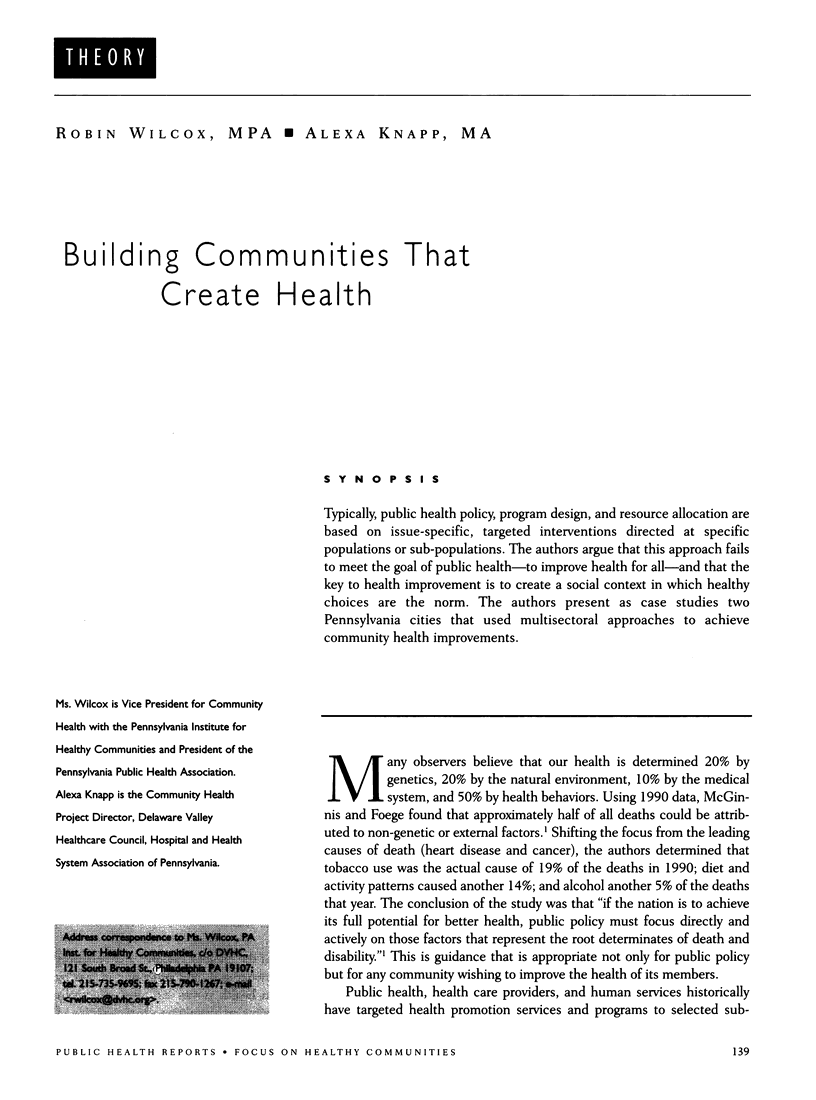
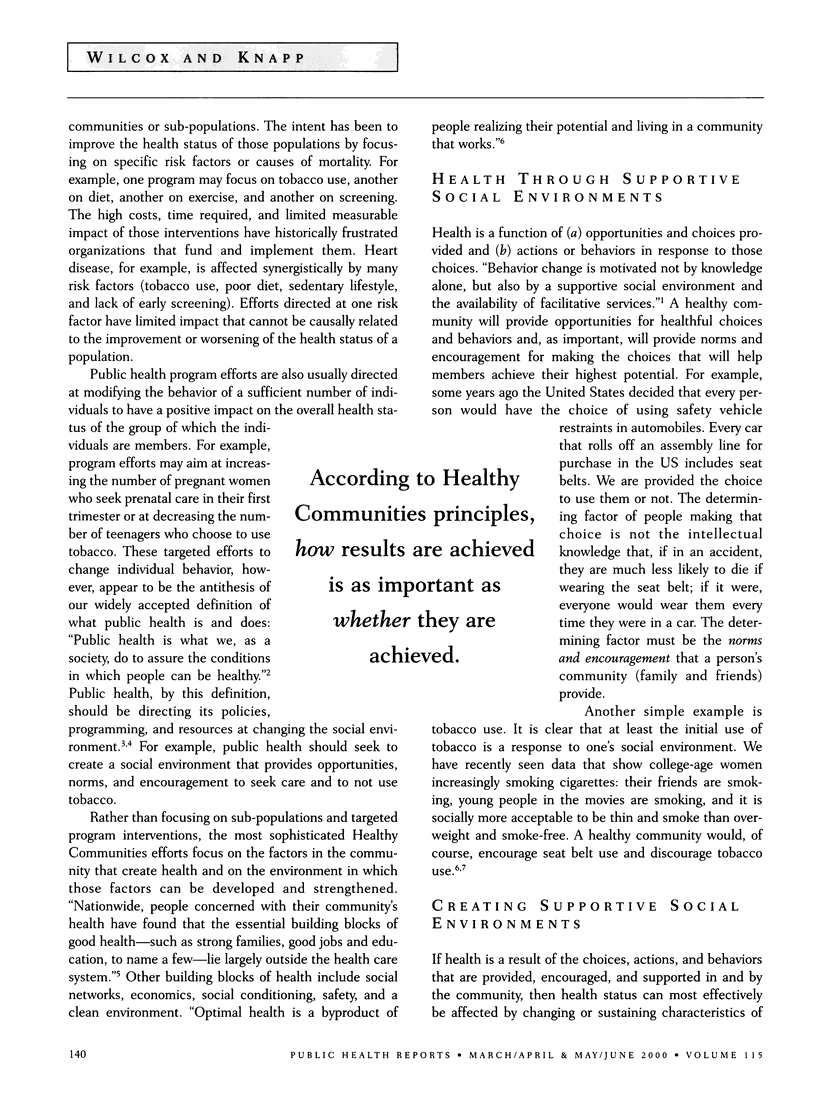
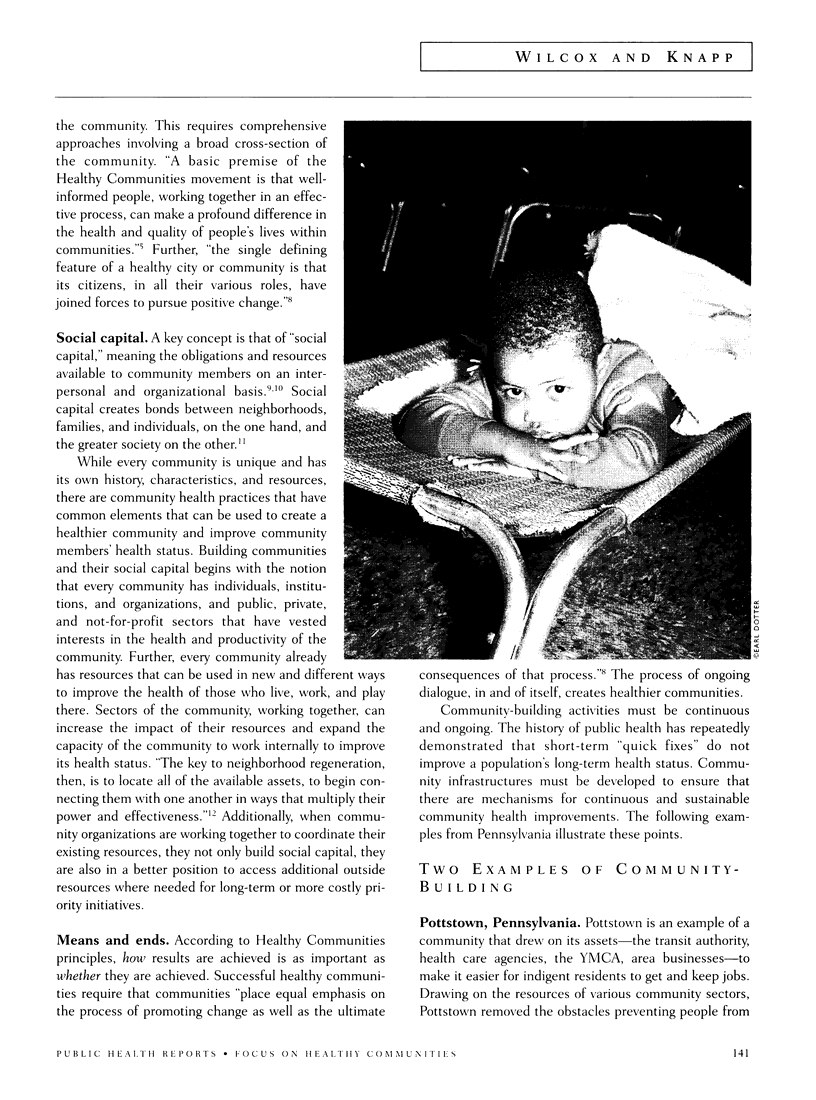
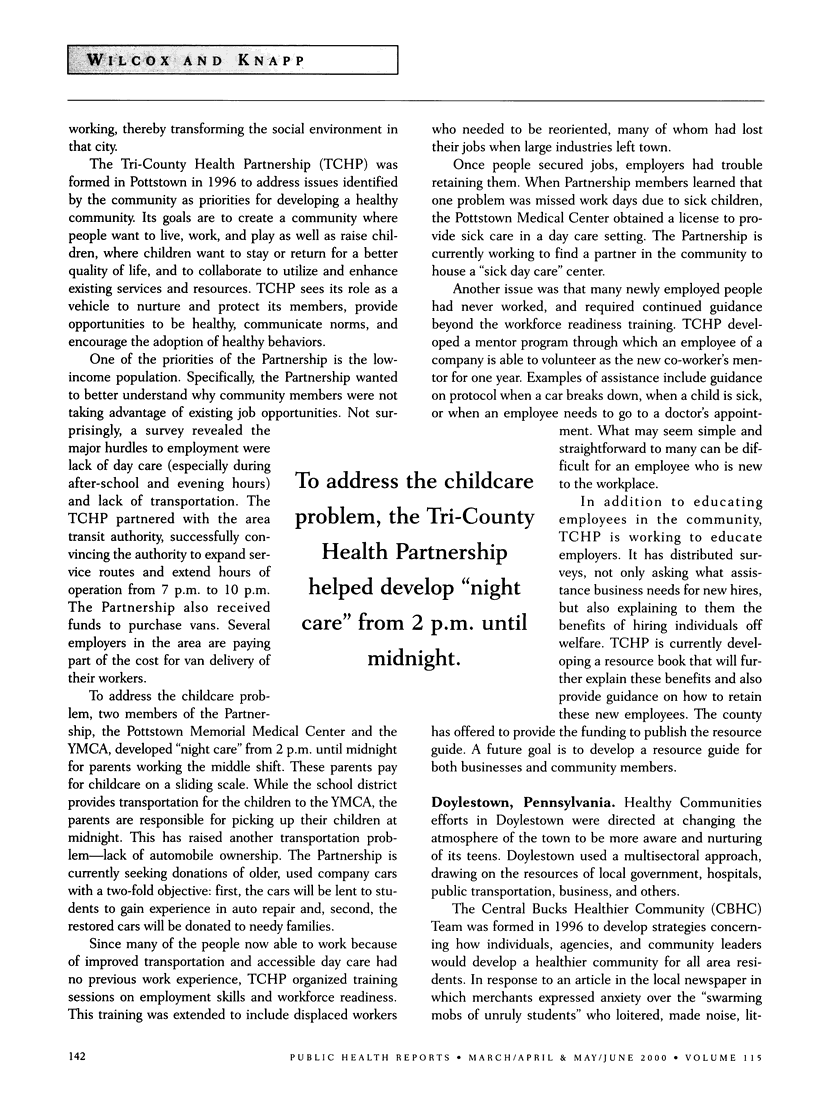
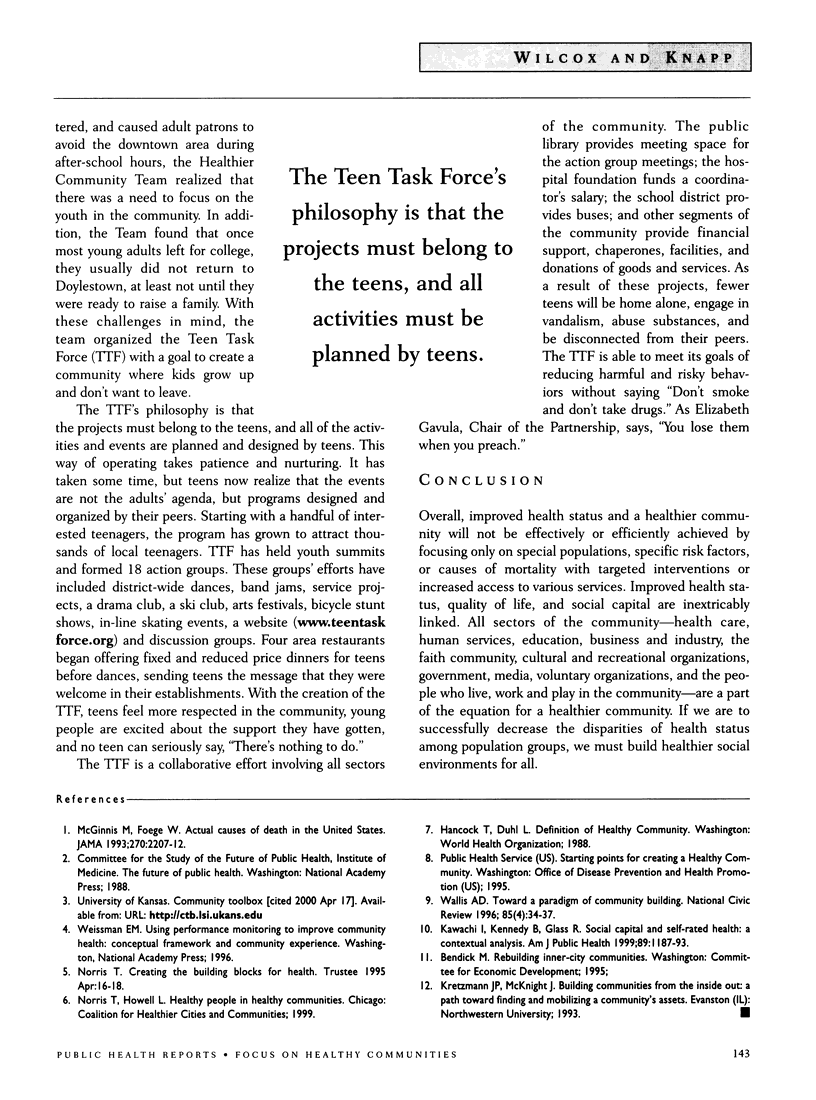
Images in this article
Selected References
These references are in PubMed. This may not be the complete list of references from this article.
- Kawachi I., Kennedy B. P., Glass R. Social capital and self-rated health: a contextual analysis. Am J Public Health. 1999 Aug;89(8):1187–1193. doi: 10.2105/ajph.89.8.1187. [DOI] [PMC free article] [PubMed] [Google Scholar]
- McGinnis J. M., Foege W. H. Actual causes of death in the United States. JAMA. 1993 Nov 10;270(18):2207–2212. [PubMed] [Google Scholar]
- Norris T. Creating the building blocks for health. Trustee. 1995 Apr;48(4):16–18. [PubMed] [Google Scholar]



